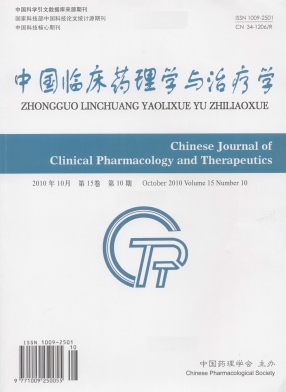Analysis distribution of 728 cases with malignant lymphoma by wannan area of China
CHEN Bing, ZHANG Fan, LU Lin-ming, ZHU Xiao-qun, LIU Yin-hua, He Lei
2013, 18(4):
388-393.
 Asbtract
(
267 )
Asbtract
(
267 )
 PDF (317KB)
(
1473
)
References |
Related Articles |
Metrics
PDF (317KB)
(
1473
)
References |
Related Articles |
Metrics
AIM: To initiate us into understand constituent ratio and study the epidemiologic characteristics of malignant lymphoma by wannan area in China.METHODS: Case of the total 728 malignant lymphoma patients were selected from yijishan hospital of wannan medical college during 2003-2012. The diagnosis of malignant lymphoma accords with the hematopoietic and lymphoid tissue tumours on WHO classification (2008) by HE staining, immunohistochemistry (Envision two step) method and EBER-ISH method.RESULTS: Among the 728 cases, Hodgkin's lymphoma (HL) 68 cases(9.34%), non-Hodgkin's lymphoma (NHL) 660 cases (90.66%). Among NHL, 511 cases secreted from B cells (77.42%), 149 cases secreted from T/NK cells (22.58%). Among the 728 cases, the most common subtype was diffuse large B cell lymphoma (DLBCL) 362 cases (49.73%), the remaining six subtype were extranodal NK/T-cell lymphoma 61 cases (8.37%), extranodal marginal zone B-cell lymphoma (MALT) 56 cases (7.69%), perpheral T-cell lymphoma 50 cases(6.87%), mantle cell lymphomacases 36 cases (4.95%), nodular sclerosis Hodgkin's lymphoma 32 cases (4.40%), mixed cellularity Hodgkin's lymphoma 31 cases (4.26%). The patients comprised 433 males and 295 (with a male to female ratio of 1.47∶1, with a median age of 61 years (range 5-90). The male ratio of Angioimmunoblastic T-cell lymphoma patients was 86.6% (13/15). Their predominant loci were lymph node, gastric, intestinal, nasopharynx, tonsil, salivary gland, thyroid, orbital, bone, spleen.CONCLUSION: Two common kinds of HL are nodular sclerosis Hodgkin's lymphoma, mixed cellularity Hodgkin's lymphoma. No twin-peak character are found. HL are often located on left cervical. The most common subtype is DLBCL among NHL. The incidence of Angioimmunoblastic T-cell lymphoma is higher in male and 67 years old. The incidence and subtype distribution of lymphoid neoplasms has obviously regional differences.


